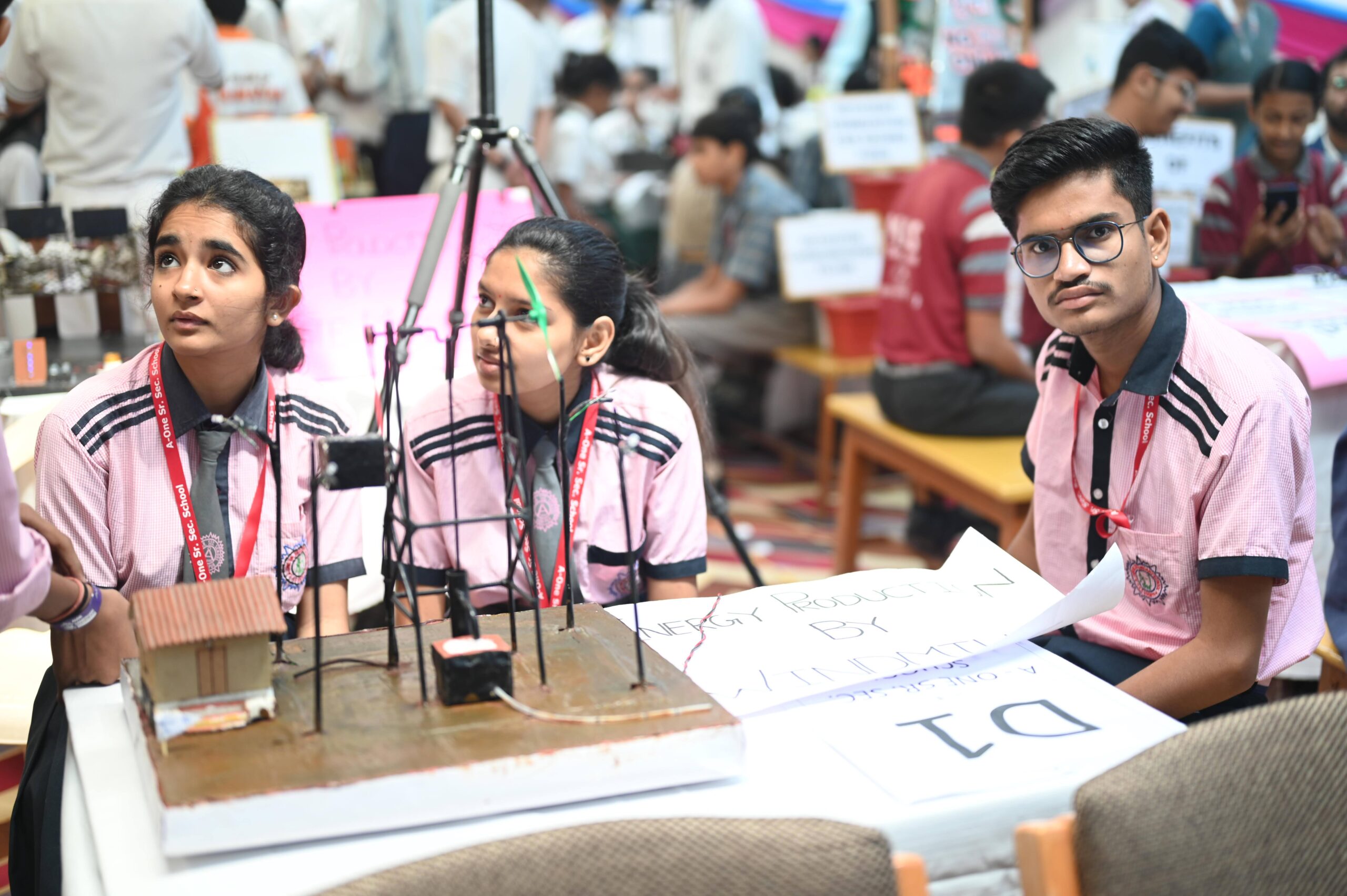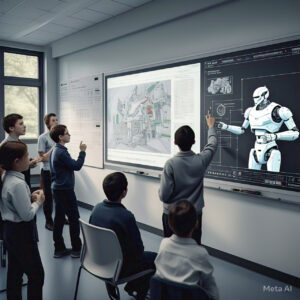In a rapidly evolving world, the importance of STEAM (Science, Technology, Engineering, Arts, and Mathematics) education is undeniable. But when it comes to setting up a STEAM lab, one size doesn’t fit all elementary and high school students have different needs and learning styles. Let’s dive into the most effective STEAM lab solutions for both levels to maximize student engagement and success.
STEAM Lab Solutions for Elementary School
At the elementary level, children are naturally curious and eager to explore. The focus here should be on cultivating this curiosity through play and hands-on activities. Here are some effective solutions:
1. Interactive Learning Stations
Why It Works: Young students thrive in environments that offer variety and allow them to explore at their own pace. Setting up stations with different themes like robotics, simple circuits, or basic chemistry experiments keeps learning fun and engaging.
Example: A station where students can build simple machines using LEGO kits helps them understand basic engineering concepts through play.explore now
2. Art Integration with Science Kits
Why It Works: At this age, combining art with science makes learning more tangible. Kids can create art projects using concepts from science, like building models of volcanoes or creating chemical reactions with baking soda and vinegar.
Example: STEAM kits that include both artistic and scientific components, such as creating solar system models with clay and learning about planets, can be highly engaging.
3. Coding for Beginners
Why It Works: Introducing kids to coding through visual, block-based programming languages like Scratch helps develop logical thinking and problem-solving skills.
Example: Students can create their own animated stories or games using Scratch, which is an accessible way to introduce programming concepts.
STEAM Lab Solutions for High School
High school students require more advanced and in-depth STEAM activities to prepare them for potential future careers in tech, engineering, and science. Here’s what works best for this age group:
1. Advanced Robotics and Engineering Projects
Why It Works: High school students are ready to tackle complex projects that challenge their critical thinking and technical skills. Robotics clubs or competitions offer great opportunities for students to collaborate and solve real-world problems.
Example: Building robots using Arduino or Raspberry Pi kits can help students learn about programming, electronics, and mechanical engineering.
2. 3D Printing and Digital Fabrication
Why It Works: 3D printing and digital fabrication allow students to bring their ideas to life, offering a hands-on approach to design and prototyping. It fosters creativity and helps students understand the engineering design process.
Example: Students can design and print custom objects, such as phone holders or mechanical parts, applying concepts from geometry and physics.learn now
3. Data Science and Artificial Intelligence
Why It Works: With the increasing importance of data in every industry, introducing data science and AI at the high school level can give students a head start. Working with data sets or building simple AI models can spark interest in computer science and analytics.
Example: High schoolers can analyze datasets using Python or R to learn about trends and make predictions, or even experiment with creating basic chatbots.
Tailoring STEAM Labs to Student Needs
While elementary students benefit from exploratory and creative activities, high schoolers thrive on challenges that allow them to apply advanced skills. Understanding these differences helps educators design effective STEAM labs that cater to the developmental stages of their students.
For elementary students, a successful STEAM lab focuses on play-based, interactive learning with an emphasis on exploration and creativity. Simple, visual tools and kits are effective in engaging young minds.
For high school students, a more structured, project-based approach works well. Providing access to advanced tools like 3D printers, robotics kits, and coding platforms allows them to engage deeply with the material, preparing them for future academic and career opportunities.
Ready to set up a dynamic STEAM lab for your school!
Whether you’re aiming to inspire young learners or challenge high school students, finding the right solutions is key. Start exploring our range of STEAM kits and resources today to transform your classroom into a hub of creativity and innovation!
This blog outlines tailored approaches for setting up STEAM labs based on the educational level, ensuring both elementary and high school students can benefit from an enriched learning experience.















